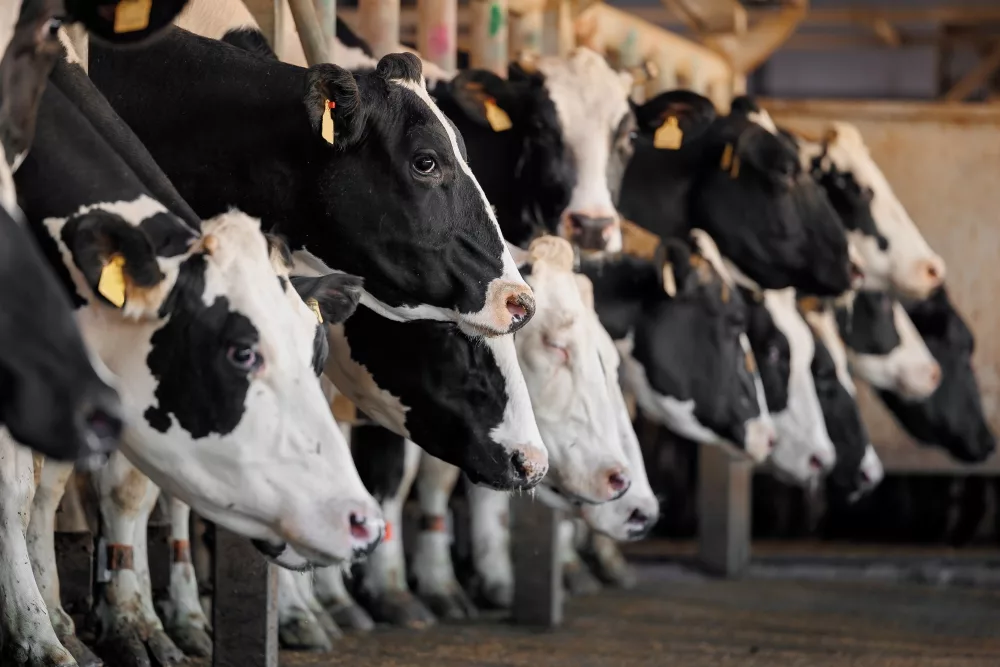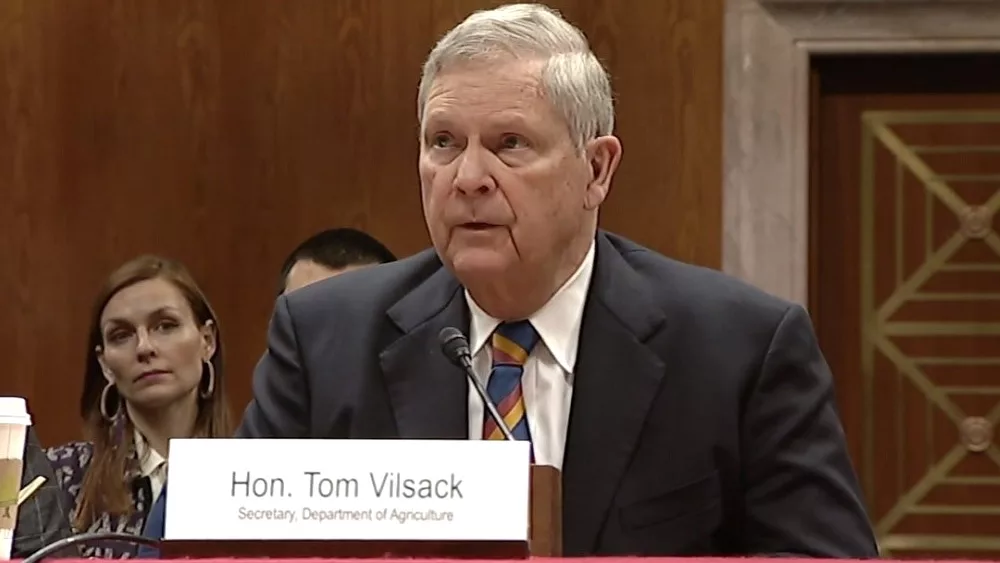
I recently served as Ambassador to the U.S. Mission in Rome for international organizations including the UN Food and Agriculture Organization (FAO), the World Food Program (WFP), and the International Fund for Agricultural Development (IFAD). Our mission was to respond with aid to help hundreds of millions of food insecure people around the globe. These efforts reached more than 80 nations in urgent need and helped to build food system resiliency and capacity in over 140 more at risk. I worked alongside WFP Executive Director David Beasley, who has done a remarkable job, helping deliver food aid to countries in need – more than 70 percent of which were experiencing conflicts, like the war in Ukraine, creating life-risking challenges for aid workers.
As an American, an ambassador, and a farmer I am proud of the work of these agencies and happy to say that the United States provided nearly 40% of the budget (in kind and cash) for the WFP. As a nation we continue to respond with capacity, financial support, and compassion. Yet the WFP is still strained by inadequate funding from other nations, so we all fall unacceptably behind in meeting our humanitarian needs globally.
These needs are real. I have seen the devastating impacts to people who live in the continuous cycle of poverty and hunger. People forced to make unimaginable choices as to which child gets a meal today or not. And the problems I witnessed have unfortunately worsened. Fueled by challenges related to climate, COVID, and conflicts, the WFP reports as many as 828 million people go to bed hungry every night. The number of those facing acute food insecurity has soared – from 135 million to 345 million – since 2019. And a total of 49 million people in 49 countries are teetering on the edge of famine.
Here at home in the United States hunger is also on the rise. Food inflation is real, and it impacts those that can least afford it. The United States Department of Agriculture (USDA) offers the Supplemental Nutrition Assistance Program (SNAP), and there are food pantries and other food aid outlets helping support the more than 10 percent of American households who are currently food insecure. However, most Americans take food for granted. Today, on average, we spend just 10.3% of our disposable income on food. This is much different than the 42 percent we paid for food in 1900 or the 30 percent paid in 1950.
But concern is rising. A recent poll of U.S. consumers found that nearly 72 percent were concerned for food availability during the early days of COVID, another 42 percent have since shifted to buying lower cost brands, or worse yet making do with less food. This should not be the case in America.
In Europe the average family currently pays slightly more, 13 percent of their income to feed themselves – with people in some nations there paying as high as 26 percent. Yet, in response to the climate, COVID, and conflict crises, the EU is rolling out initiates which may in fact worsen this situation. According to the USDA’s Economic Research Service, the EU’s so-called Green Deal and Farm to Fork initiative could cause food prices to rise upwards of 17 percent. And again, those who can least afford it will be impacted the most.
History is rife with examples of similar times and challenges to our own and others’ food insecurity. And making good decisions, based on solid information and the best available experts will determine who succeeds or fails. Food insecurity can lead to political and economic instability or worse when ignored or poorly addressed by our leaders.
Food scarcity has been at the root of failed states throughout the ages. Examples include the French Revolution in 1789, the Russian Revolution in 1917-1923, the Arab Spring in 2010, and today the war in Ukraine seriously threatens food security in the Middle East and across Africa.
We are not strangers to these concerns. During the great depression the cost to buy food was out of reach to many Americans. Throughout World War II food rationing was commonplace. Yet with persistence and commitment we overcame those challenges.
The United States food system has the foundation for successful food security with our networked navigable waterways, railroads and road systems, temperate climate, quality soils, skilled population, and geographical security. Yet, we have globalized our supply chains over the last 50 years affecting many of our major food production building blocks.
The world’s food system counts on most of its fertilizer production from nations like Russia, Belarus, and China. Nations that are more often adversaries who could choke off our ability to feed ourselves and our customers around the world. This is a lesson that Ukraine is experiencing currently due to the very limited access to fertilizer required to produce the 110 MMT of food they typically grow each year. Now without fertilizer, their production could fall in half.
In the U.S. we too are vulnerable to the fertilizer supply chains but also to public policy, regulatory, legal, foreign ownership and dependency, labor, and global trade issues. Our well-managed food security challenges can be met, but they do not have overly simplistic or one-size-fits-all answers.
We need a call to action for a national agriculture strategy, a unified advocacy agenda, relevant representation on the National Security Council, better regulation of foreign investments, and an expanded and enhanced domestic food security infrastructure. Farmers and ranchers need to increase production with less impact to climate and environment, and we must reduce reliance on foreign inputs. We need to preserve farmland (which we have lost 31,000,000 acres of since 1980), incentivize careers in food and ag, ensure availability of guest workers, and develop responsible water management systems. In terms of protection, we need better risk management and mitigation tools, food system resiliency planning, understand ag and food cyber vulnerabilities, promotion of resiliency with Farm Bill programs, and support for embracing new agricultural practices and innovation.
Our strength as a nation requires continued access to resources to meet our own and others’ needs. We need a strategy that reinforces America’s position as the preferred partner for local and global food security. This comes at a time where our success and privilege have contributed to the United States losing its focus and national security approach to food. We need to update our instruments of national power to include and integrate food alongside diplomatic, informational, military, and economic priorities.
Not doing so ignores history and puts us and all mankind at risk.
Ambassador Kip Tom is the former U.S. Ambassador to the United Nations Agencies for Food and Agriculture in Rome. He is also a seventh-generation farmer and CEO of Tom Farms based in Kosciusko County, Indiana.





